Despite being a remaster of a remake of a mid-2000s Japanese console game, Konami’s ZONE OF THE ENDERS The 2nd Runner: M∀RS is no Final Fantasy VII – you can still rattle the entire name off and be met with a blank “huh?” from your oh-so-knowledgeable gamer crew.
From the first, the Hideo Kojima-created ZOE franchise has always been somewhat niche in North America in spite of fairly decent sale. Although in that niche, it has managed to grow into something of a cult classic, you’ll be hard-pressed to find a ZOE fan just walking around.
Even so, ZOE is more expansive than you might think. The franchise includes two titles originally released on the PlayStation 2, a Game Boy Advance side story that was released in between 1 & 2, an animated OVA prequel and 26-episode anime. A ZOE 3 has been in the works since 2008, but the only announcement since was in 2012 when Kojima confirmed that work on this title had finally begun.
Beautiful cel-shaded cinematics and in-game graphics, expansive environments, enormously satisfying giant robot combat (although perhaps not necessarily the 90s style over-the-top English dubbed anime cinematics) give this game a character that appeals to a number of die-hard fans that insist on its superiority as a mecha game over any and all Gundam titles that came before and after.
(Note: No alternate audio languages available, unfortunately, so you’re stuck with the dub on this one. It’s been one of the biggest complaints from most longtime fans.)
For those new to the series (and there are many), rest assured – if you haven’t touched these games before, you won’t need to start from the beginning in order to pick up on what’s going on.
While ZOE 2 expands on the universe of its predecessor and refers back to it now and again, ZOE 2 keeps the storyline centered on the doings of new pilot Dingo Egret (yes, really) in the original Orbital Frame JEHUTY from ZOE 1 against his nemesis Nohman who pilots sister model ANUBIS.
Set two years after the events of the original ZOE, protagonist Dingo is working as a miner on Callisto hunting for Metatron ore (used to power/create Orbital Frames) and stumbles upon the hidden JEHUTY. When the facility is attacked by the despotic BAHRAM military organization, he pits himself against their forces, infiltrating their battleship, but ultimately is defeated by Nohman, piloting the ANUBIS.
When Dingo refuses to join their cause, Nohman shoots him. Left for dead, he is rescued by an undercover agent who revives him and places him back inside the JEHUTY frame as both a life support system and a way of escape. In it, he stands as the last hope for the planets against BAHRAM’s robotic takeover.
The mechanics of the game are simpler than what came before in ZOE 1, concentrating on mecha battles pretty much exclusively. This includes facing off against a number of different enemy types which take different weapons and attacks to fight efficiently.
Spacing matters – and part of the gameplay’s elegance comes from figuring out how to position yourself in cramped hallways or open space and how to distance yourself depending on the enemy, melee sword combat or laser guns.
There are a lot of weapons open to you as you pilot JEHUTY, and that number only grows as you progress and unlock new sub-weapons from boss kills, besides the environmental items that you can pick up and use as weapons as well. Some players found this complicated, but for the most part, the weapons are fairly straightforward – and switching between caused me fewer headaches than trying to do the same in, say, Monster Hunter: World.
(There have been some improvements made for weapon switching between the original game and this version, perhaps therein lies the difference.)
Remastered
The original game in 2003 was re-released in a two-game set in 2012 as an HD Collection for the PS3 and Xbox 360 with updated graphics and art, better interfaces, new trophies/achievements, right analog stick and rumble support, and improved audio. The company toyed with the idea of releasing it on the PS Vita as well but soon scrapped that plan. It did okay.. mostly because there didn’t seem like enough extra content to make the new collection worthwhile, and ran into frame rate issues on the new platforms that it never had on the original. These were fixed later on the PS3 but not on the Xbox 360.
You can see a similar upjump for 2018’s MARS: enhanced graphics and 4k resolution support, new sound design and surround sound support, and a few new features like Very Easy difficulty, training modules, and versus mode where you can 1v1 against other players or a bot (future-proofing this feature for the inevitability of a shrinking online player base in later years).
VR Mode
The shining star of this release, however, is the brand new VR content. Fully playable in first person VR (although all cinematics you experience in theater mode not quite in first person), this mode brings you front and center into all the action and in combat can make you feel like you’re really piloting a giant death machine.
(Note: I don’t actually own a VR headset and this review was written while played in third person so it’s been supplemented with a lot of YouTube/Twitch streams.)
ZOE 2 was originally made to be a third-person mecha fighter, however, and the switch to third person will close off a large portion of the surrounding environments as your visuals keep you squarely in the JEHUTY cockpit (you do get a 3D figure of the mecha in motion on your console to help gauge movement.)
I do recommend that you play at least some of the game without the VR headset to get the hang of the gameplay as it was initially meant to be played – it’s a lot more difficult to figure out how to space yourself properly in battle when played in first-person VR.
It is however, such a large part of why this remake exists, that I also feel like you’d be missing out if you never strapped on a headset either.
Worth it?
ZONE OF THE ENDERS The 2nd Runner: MARS doesn’t pretend to be anything more than it was – and the price tag reflects that at $39.99 CAD. The first person virtual reality support is really cool-looking and an excellent addition, but it doesn’t promise to transform the game any more than the 4K resolution support.
It does provide an excellent way for old fans to revisit an old classic in a brand new way, with possibly just enough shiny new features to lure new fans in. The game isn’t very long, and its runtime is pumped up with somewhat dated anime cutscenes that, for me at least, didn’t add a great deal to my enjoyment of the game but did allow it to unfold as a real game rather than a blander sort of progression through different mecha fights.
If you play on the PC version, the game demonstrates the usual lack of care for keyboard/mouse control that many console ports do – namely that you’re not allowed the luxury of key rebinds. Furthermore, only through tutorial help and trial and error do you actually get to really figure out how to work your controls (another reason I advise at least starting out without VR). Control-wise, it’s a little wonky, so players may prefer to use a controller to play this comfortably.
Otherwise, it’s a fun button-mashing romp in space, with all the bright, splashy attack colors I could wish for. As a VR title, it’s excellent (I’ve played my fair share of other titles in VR that bored me all too quickly once the novelty wore off), and made me seriously consider a VR headset for myself. It is perhaps the most generous and non-gimmicky VR experience I have seen a game offer to date.
15 years after the original was released, this may be exactly what this game needed to finally get its chance to shine.

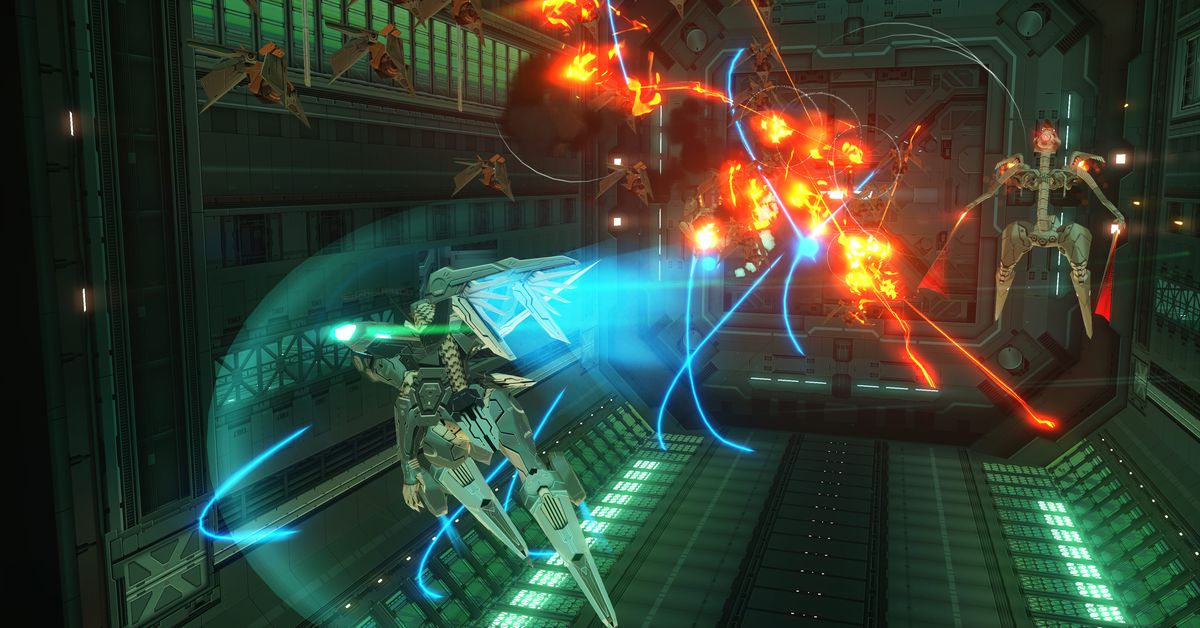
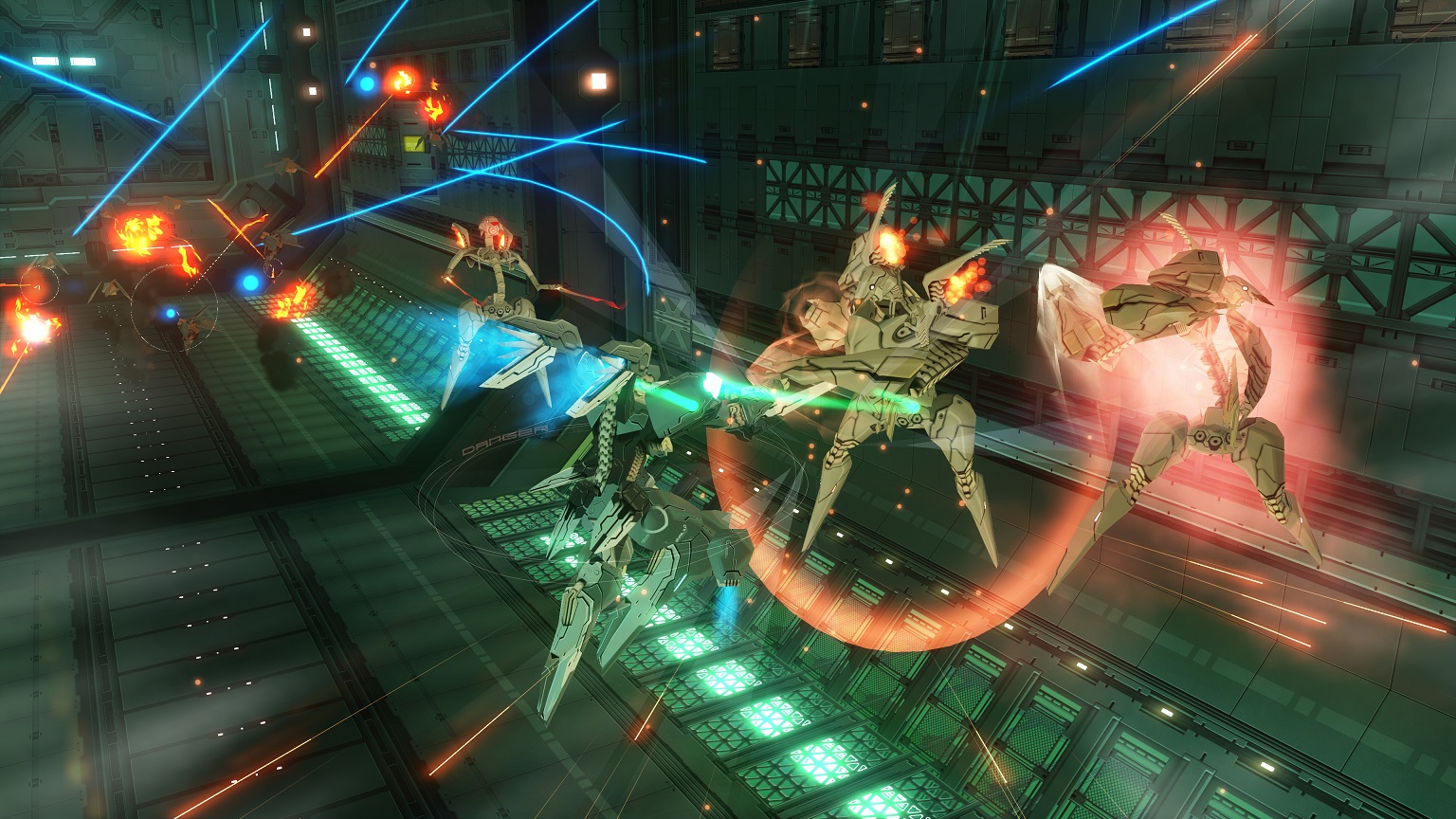
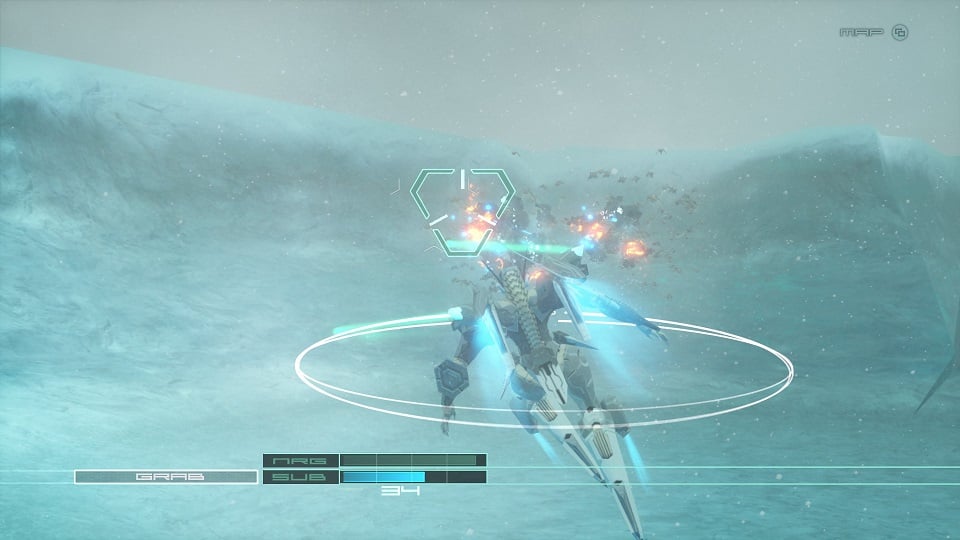
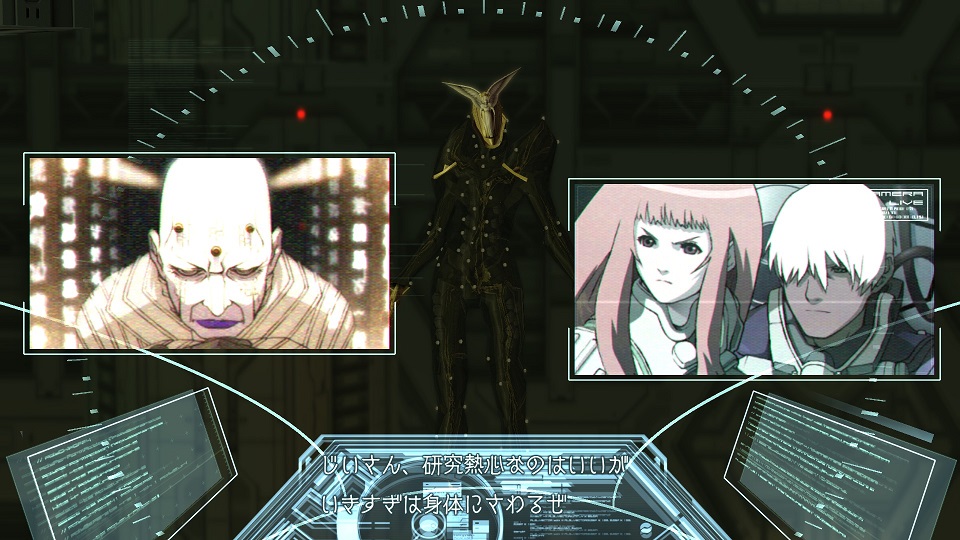
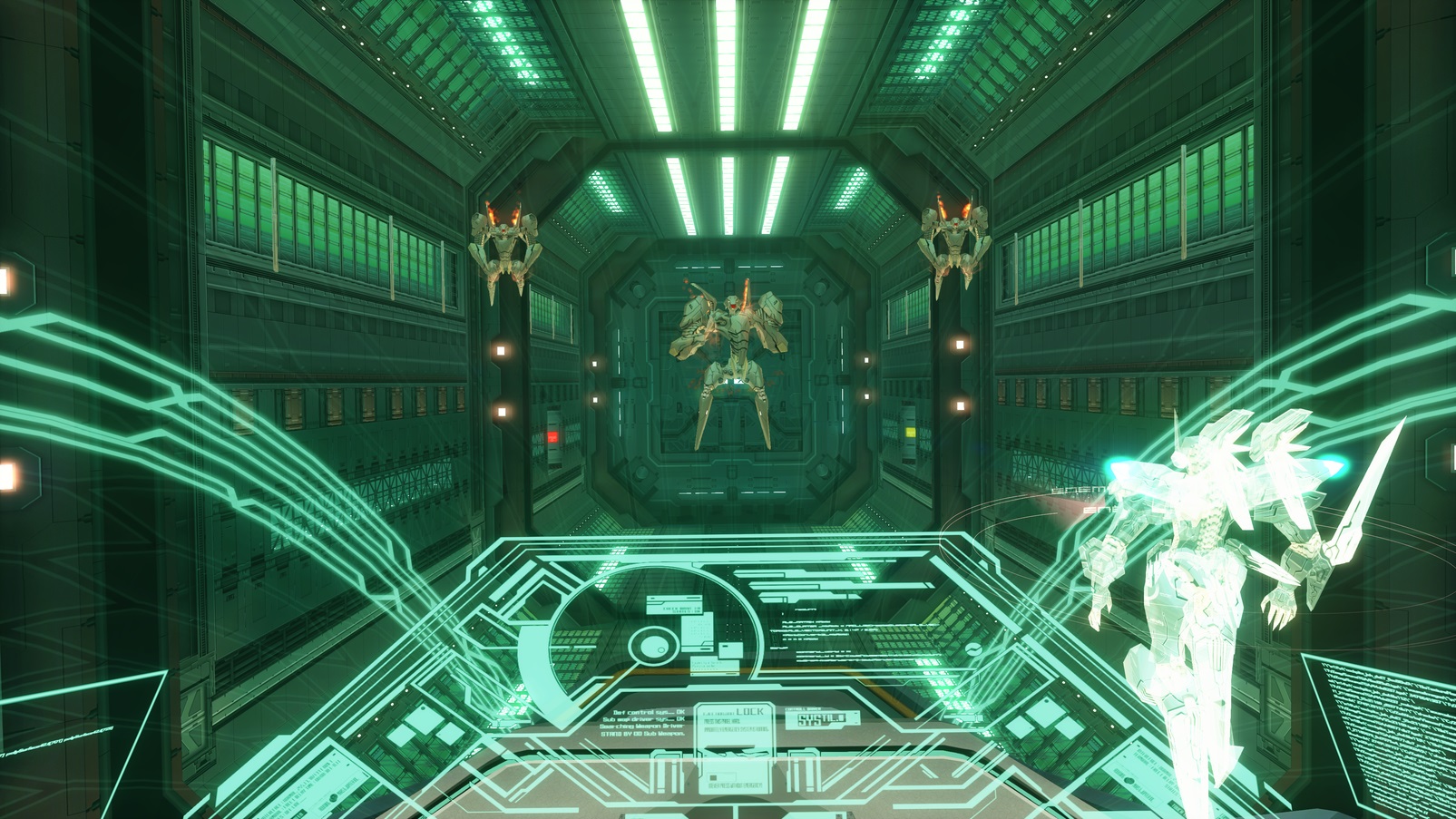






Published: Sep 14, 2018 5:44 AM UTC